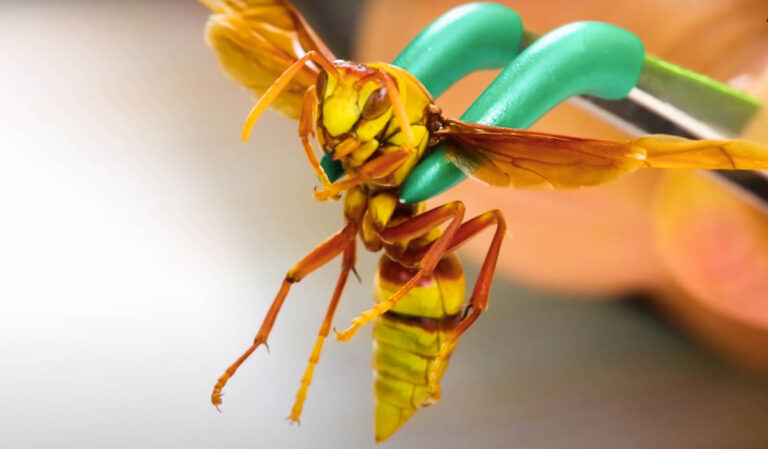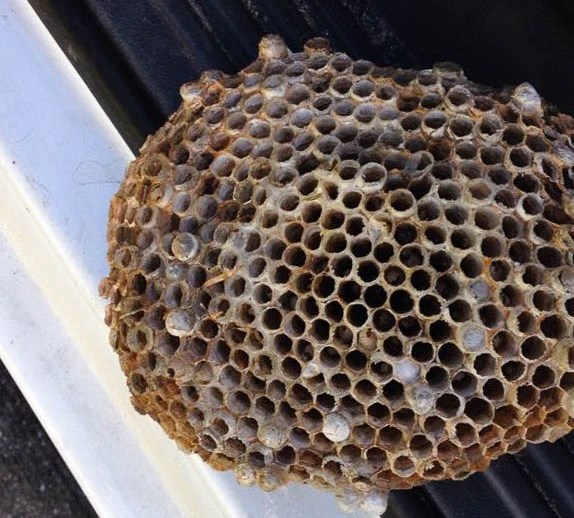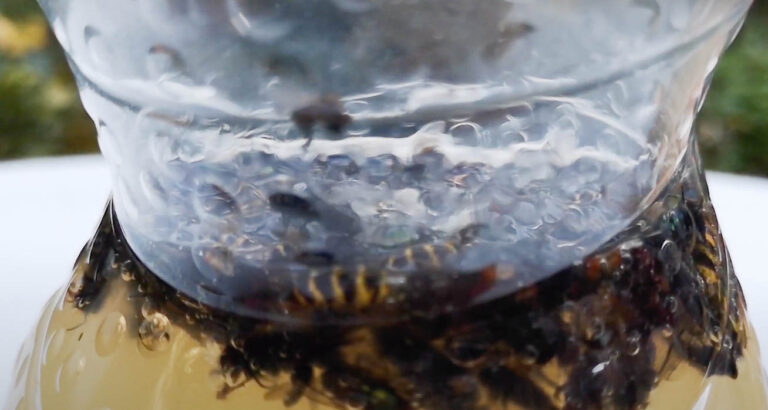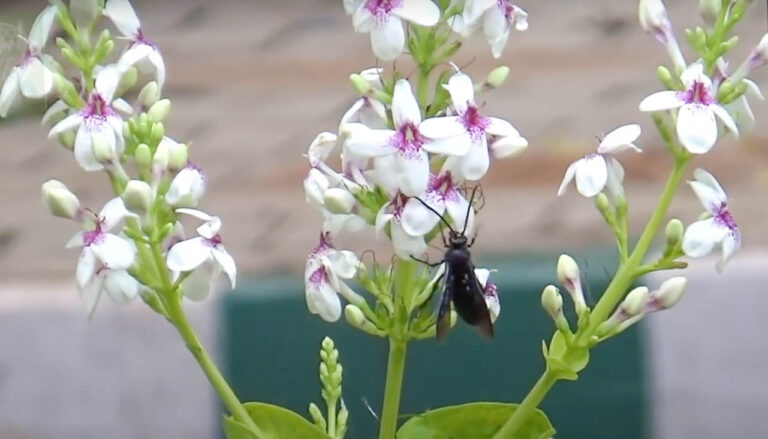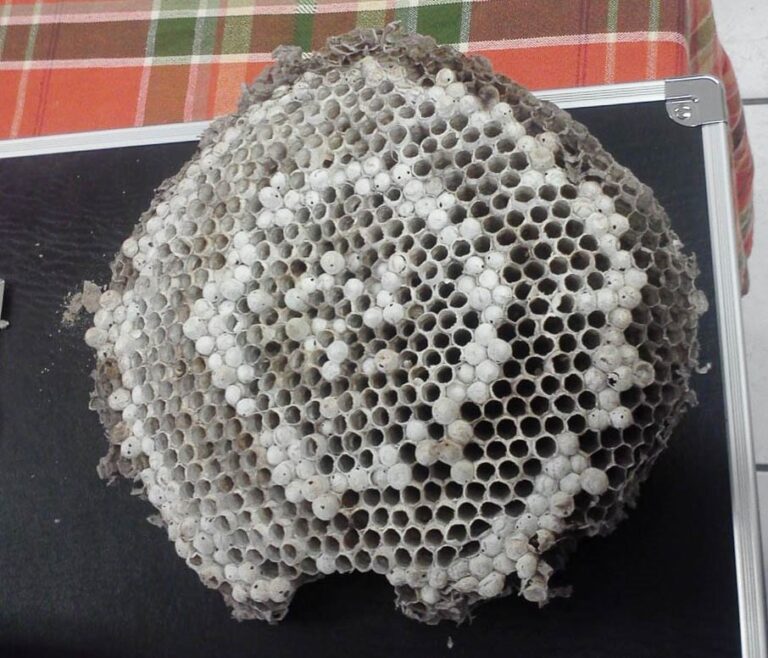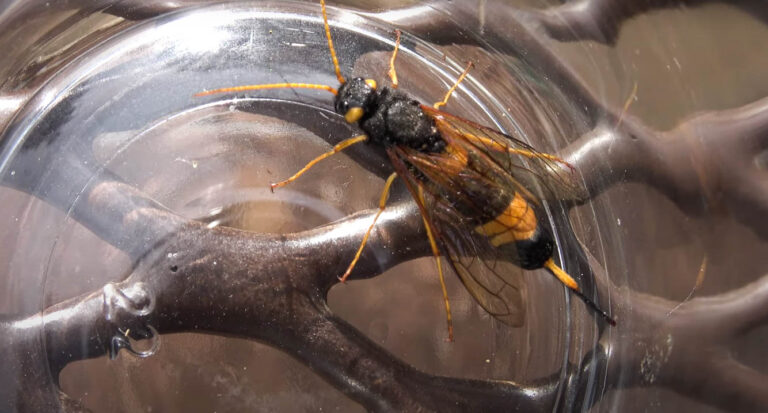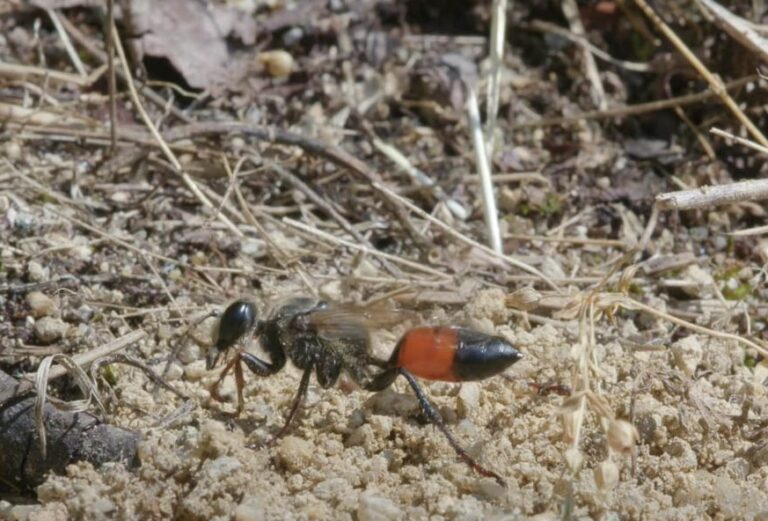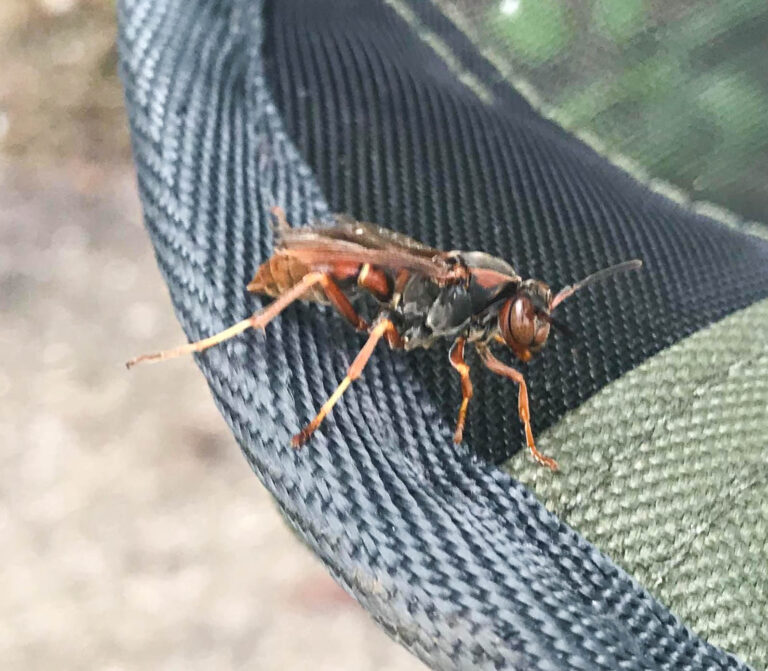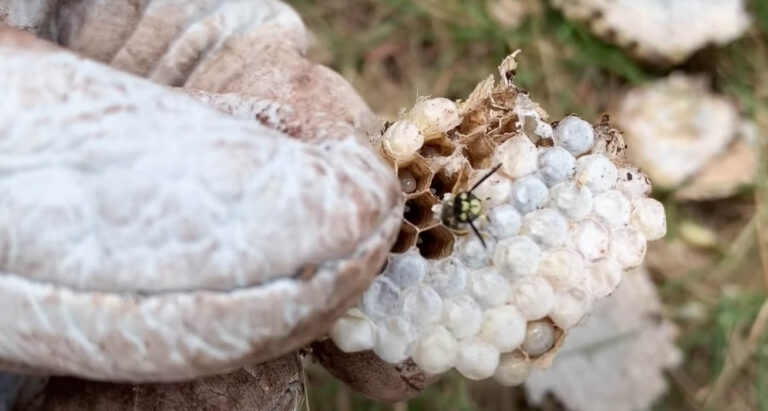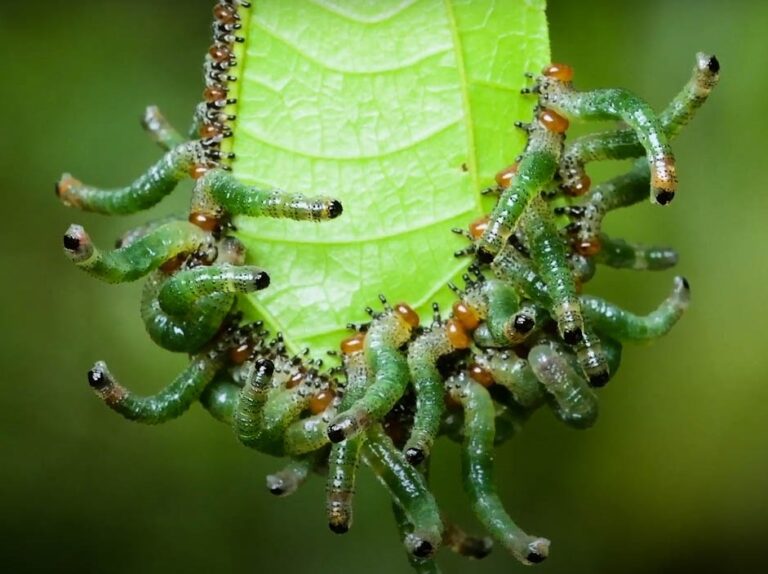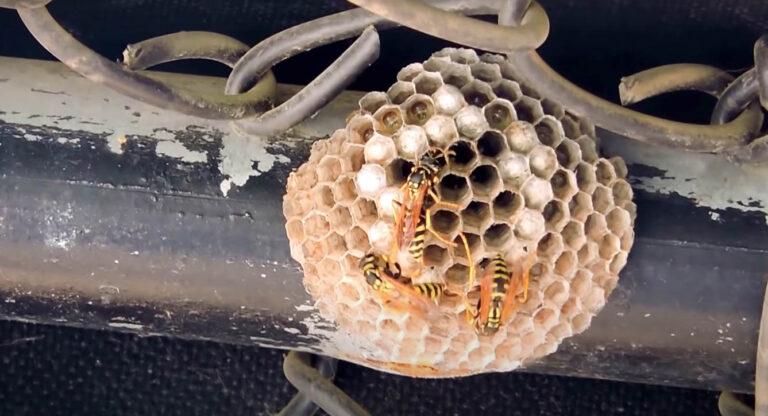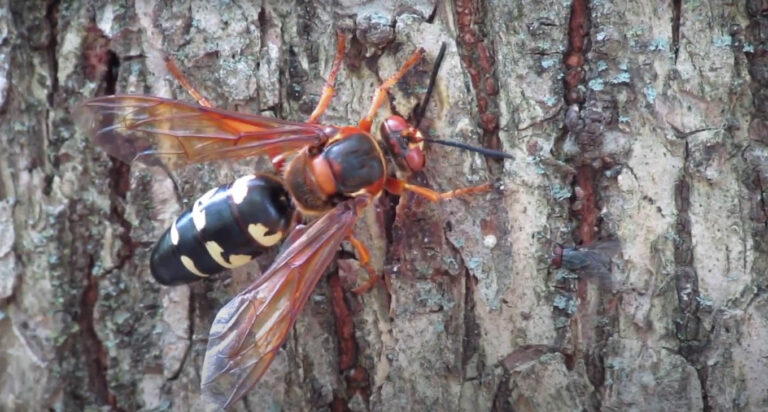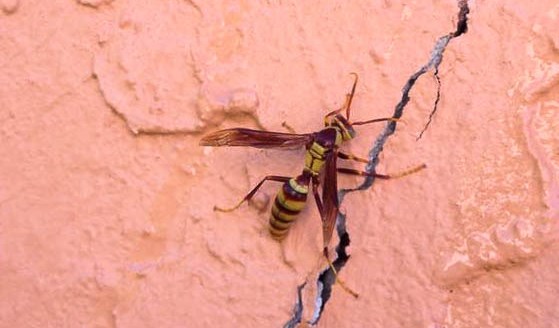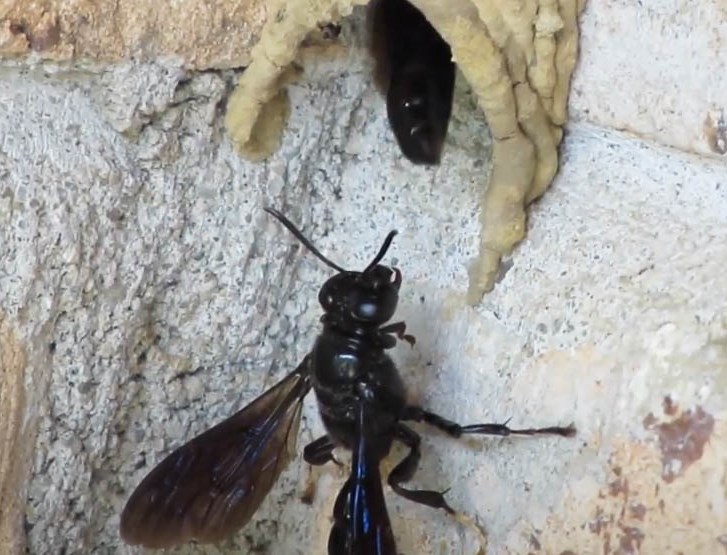About Spider Wasps
About Spider Wasps
Appearance
Spider wasps are long black wasps with very thin legs. The color of the body can vary from a dark black, brown, or black with orange or yellow bands. In some cases, the body features a bluish tint. The wings are transparent but smoky in color, however, sometimes they are also amber color as well. The antennae or legs are normally orange or yellow in color.
Spider wasps feature shapes and groove marks found on the body’s outer shell. The back legs on the spider wasp feature two spines located at the outer end of the tibia area of the leg. The spines point out toward the foot. When the back leg is stretched backward, the spines run parallel to the body. The outside tip of the hind femur can sometimes extend past the tip of the abdomen.
Behavior
The spider wasp is very solitary and does not do well in colonies. The male spider wasp likes to hold onto his territory and wait for a female to come near him and be receptive of him. He will then spend his time with her and fend off any other males that try to intercede.
The behavior of the spider wasp is quite different from other wasps that gently glide around at their own pace throughout the day. The spider wasp has jerky movements. They are easy to spot in flowers where nectar can be found. They can also be spotted walking around on top of the ground as well. When you see them, they flick their wings constantly as if they are nervous. They are actually hunting when they do this.
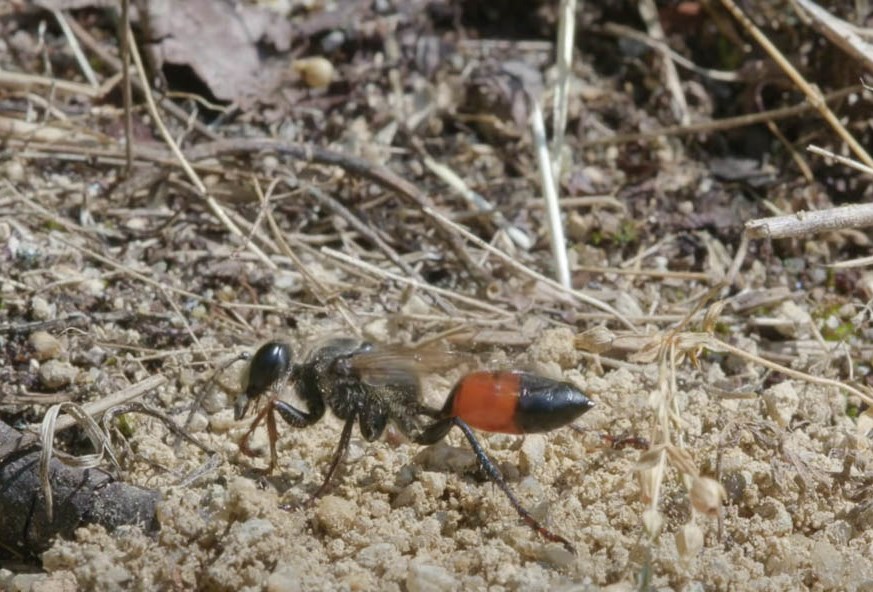
Because spider wasps hunt for spiders, you may oftentimes see a female spider wasp dragging a spider back to her burrow that she has paralyzed so she can feed her babies.
Life Cycle
Once the female has mated, she will then find a spider that she can paralyze with her sting. Once paralyzed, she will drag the spider back to her nest. Within her nest are chambers or cells. She will move the spider into one of the cells or chambers, in some cases she will cut off the spider’s legs so she can drag it around, and then lay her egg on the spider’s body. She will then close the entrance to the nest. She continues to repeat this process for every egg she lays.
The egg will hatch out larva that will then chew on the spider’s body for the nourishment it needs in order to grow into a full size. The spider wasp larvae will oftentimes skip the vital organs of the spider until it is almost full grown. That way the spider is kept alive while the larvae feed on it making the food fresh every day. Once the larvae have gone through the larval stage into the pupate stage, it will create a silk cocoon and then live there until it’s ready to finish the final adult stage.
Habitat
A spider wasp will place its nest normally down underneath the ground as long as the soil is both loose and able to be worked. Some of the female spider wasps will burrow down in the ground while others will look for abandoned cells that are left from mud daubers.
They will also use holes that beetles have bored into trees. In some cases, they will also take over a spider’s nest.
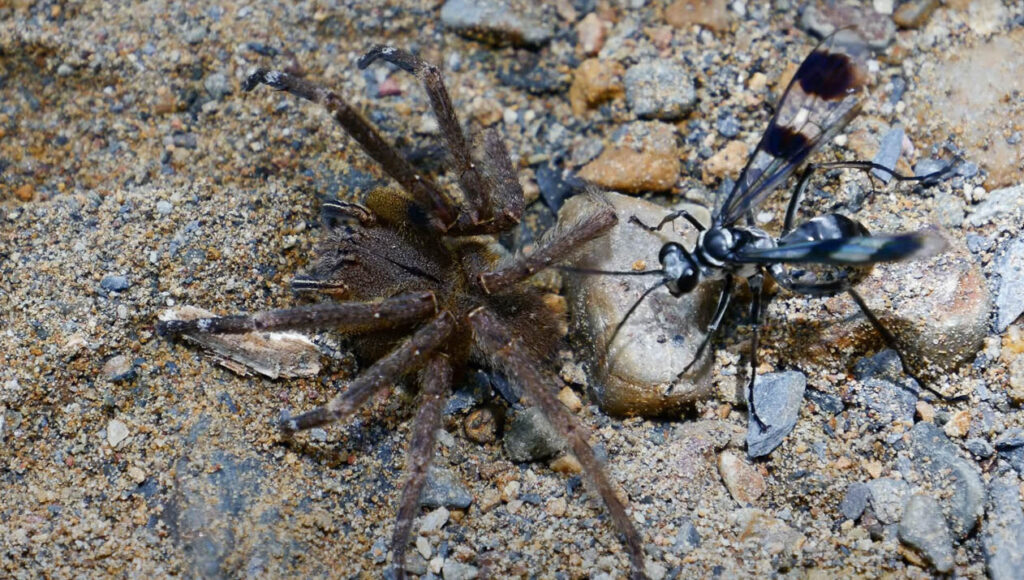
Diet
A spider wasp will capture a spider by stinging it in order to paralyze it but not kill it. While it’s paralyzed, the mother will drag it back to the burrow and then lay the egg on top of it.
Spiders captured by a spider wasp includes free living spiders that do not live in webs, such as wolf spiders, jumping spiders, crab spiders, and tarantulas.
The adult spider wasp will feed off nectar found in flowers nearby in the area.

